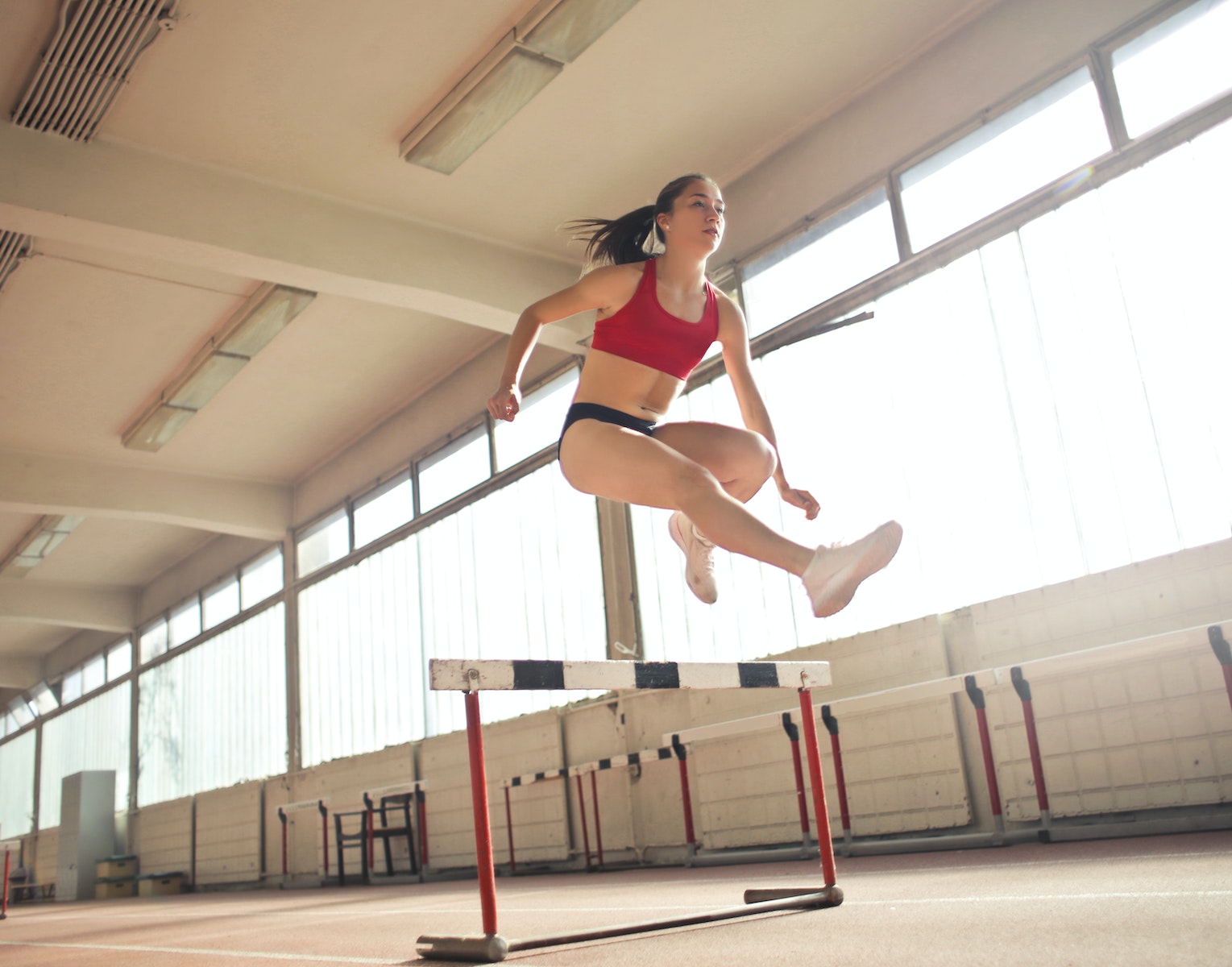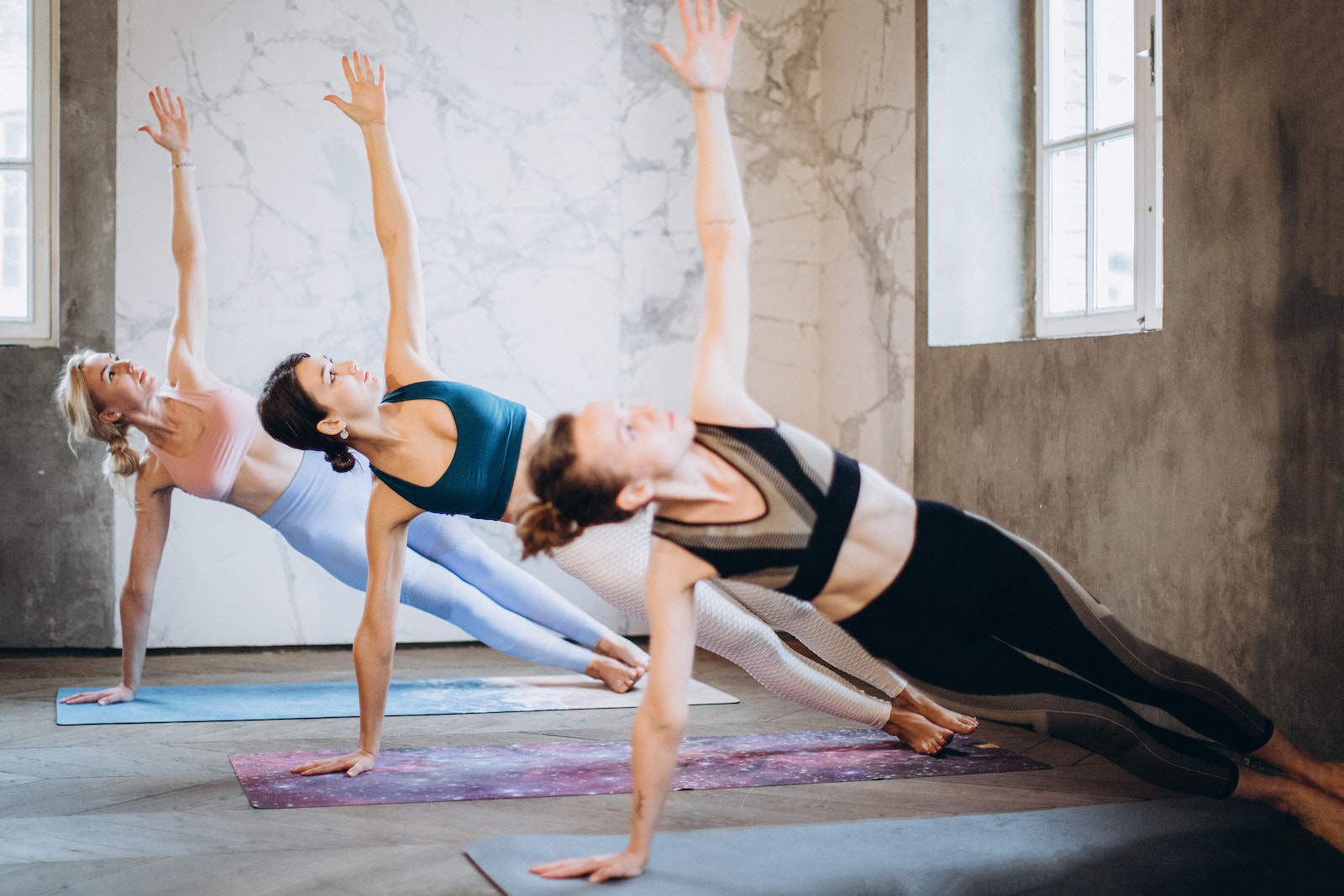Walking is a fundamental activity that most of us take for granted. However, for some individuals, walking confidently and independently can become a challenge due to various factors such as age, injury, or disability. In such cases, cane aids can play a crucial role in restoring walking confidence and improving overall mobility.
Understanding Canes
Canes are simple yet effective tools that provide support and stability while walking. They come in different types, designs, and materials, each serving specific purposes. From traditional wooden canes to modern adjustable ones, there is a wide range of options available to meet individual needs.
Types of Canes
-
Standard Canes: These are the most common type of canes, usually made of wood or metal. They feature a single-pointed tip and a handle for gripping support. Standard canes provide basic stability and support for individuals with mild balance issues.
-
Quad Canes: Quad canes, also known as quadripods, have a four-legged base attached to the shaft. This design provides enhanced stability and weight distribution, making quad canes ideal for those with more significant balance or mobility challenges. The four legs provide a wider base of support, reducing the risk of tipping over.
-
Offset Canes: Offset canes feature an angled shaft that helps align the user’s weight directly over the cane’s tip. This design reduces stress on the wrist and provides better balance. Offset canes are particularly beneficial for individuals with mild to moderate balance impairments. The angled shaft allows for a more natural and comfortable walking position.
-
Folding Canes: Folding canes are highly portable and convenient, as they can be easily folded and stored in a bag or purse when not in use. These canes often come with a collapsible design, making them ideal for individuals who need occasional support or travel frequently. The ability to fold the cane makes it easy to carry and transport, providing support whenever and wherever it is needed.
-
Seat Canes: Seat canes combine the functionality of a cane with a built-in seat, allowing users to take short breaks and rest whenever needed. They are particularly useful for individuals who may experience fatigue or have difficulty standing for extended periods. The seat provides a convenient and comfortable resting place, promoting longer periods of mobility and independence.
Benefits of Using Cane Aids
Using cane aids offers numerous benefits for individuals struggling with walking or balance issues. Let’s explore some of the key advantages:
1. Improved Stability and Balance
Cane aids provide an additional point of contact with the ground, helping to distribute body weight evenly. This increased stability and balance significantly reduce the risk of falls and accidents, allowing individuals to walk more confidently. Canes also act as a visible support system, giving users the reassurance they need to move around with greater ease. With improved stability and balance, individuals can navigate various terrains and surfaces, such as uneven pathways or stairs, with reduced risk of injury.
2. Enhanced Mobility and Independence
By providing support and stability, cane aids enable individuals to maintain or regain their independence. Walking with a cane allows users to navigate various terrains, such as uneven surfaces or stairs, with greater confidence. This newfound mobility empowers individuals to continue participating in daily activities, social engagements, and even outdoor adventures. With the right cane aid, individuals can enjoy a higher level of mobility and engage in activities that were once challenging or impossible.
3. Reduced Pain and Fatigue
For individuals with joint pain, arthritis, or muscle weakness, using a cane can alleviate some of the strain placed on the affected areas. By redistributing weight and providing support, canes help minimize pain and reduce the risk of fatigue when walking or standing for extended periods. This allows individuals to engage in activities that they may have otherwise avoided due to discomfort. Canes with cushioned or contoured handles can provide additional comfort and support, reducing the strain on the hand and wrist.
4. Postural Support and Alignment
Canes aid in maintaining proper posture and alignment while walking. They serve as a visual cue, reminding users to stand upright and maintain a balanced gait. Correct posture not only improves overall walking efficiency but also contributes to better spine and joint health over time. By using a cane, individuals can improve their posture and alignment, reducing the risk of developing musculoskeletal issues in the long run.
5. Psychological Boost
The use of cane aids can have a significant psychological impact on individuals facing walking difficulties. By providing a sense of security and reliability, canes boost confidence and self-esteem. This newfound assurance encourages individuals to remain active, socialize, and engage in physical activities, ultimately improving their overall quality of life. The psychological boost that comes with using a cane aids in overcoming the emotional challenges associated with mobility issues, allowing individuals to regain their independence and enjoy a more fulfilling lifestyle.
Choosing the Right Cane Aid
Selecting the most suitable cane aid depends on individual needs, preferences, and specific mobility challenges. Consider the following factors when choosing a cane:
-
Stability and Balance Requirements: Assess the level of stability and balance support needed. Those with more significant balance issues may benefit from quad canes or offset canes, while those with mild impairments might find standard canes sufficient. It is important to choose a cane that provides the necessary support based on individual needs.
-
Height and Weight Considerations: Ensure the cane is of the appropriate height for comfortable use. Ideally, the handle should align with the user’s wrist crease when standing upright. Additionally, consider the weight and durability of the cane, especially if it will be used frequently or for extended periods. A cane that is too heavy or too light may affect stability and comfort.
-
Grip and Handle Comfort: Look for canes with ergonomic handles that provide a comfortable grip, minimizing strain on the hand and wrist. Some canes also offer cushioned or contoured handles for added comfort and support. It is important to choose a cane with a handle that is easy to grip and comfortable to hold, as this will enhance overall usability.
-
Adjustability and Portability: If portability is a priority, consider folding canes that can be easily stored and transported. Adjustable canes with telescopic shafts allow users to customize the height according to their needs. This flexibility in height adjustment ensures optimal support and comfort while walking. Consider the frequency of travel or the need for compact storage when selecting a cane.
Remember, consulting with a healthcare professional or physical therapist can provide valuable guidance in selecting the most suitable cane aid for individual needs. They can assess specific mobility challenges and provide recommendations based on individual requirements.
Conclusion
Cane aids play a crucial role in restoring walking confidence and improving overall mobility for individuals facing walking difficulties. By providing stability, balance, and support, canes help reduce the risk of falls, alleviate pain, and enhance independence. The right cane aid can make a significant difference in an individual’s life, empowering them to continue participating in daily activities and enjoying a higher quality of life. Consider the various types of canes available and choose the one that best addresses your unique needs. Embrace the benefits of cane aids and restore your walking confidence today!
Note: This article is written in markdown format and can be easily converted to HTML or other formats as required. The detailed information provided on different types of canes, the benefits of using cane aids, and the factors to consider when choosing a cane aid will help readers make informed decisions about which cane is best suited for their specific needs.
FAQ
Q1: What are the different types of canes available?
A1: The different types of canes available include standard canes, quad canes, offset canes, folding canes, and seat canes.
Q2: What are the benefits of using cane aids?
A2: Using cane aids provides improved stability and balance, enhanced mobility and independence, reduced pain and fatigue, postural support and alignment, and a psychological boost.
Q3: How do canes help with stability and balance?
A3: Canes provide an additional point of contact with the ground, distributing body weight evenly and reducing the risk of falls and accidents.
Q4: What factors should be considered when choosing a cane aid?
A4: Factors to consider when choosing a cane aid include stability and balance requirements, height and weight considerations, grip and handle comfort, and adjustability and portability.





